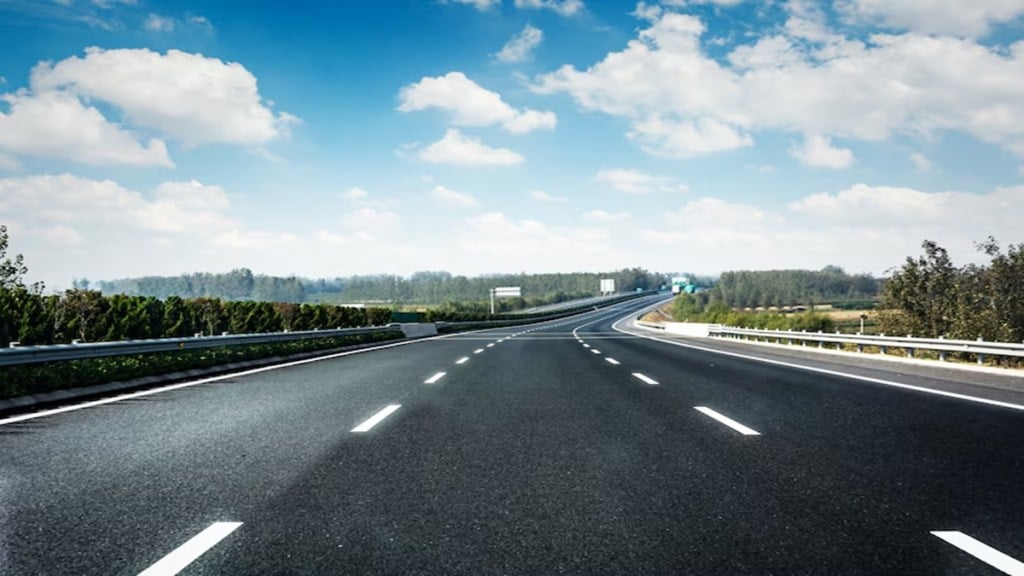The government is planning to come out with a revised model contract for greenfield highways by April to minimise disputes and attract more private risk capital to the sector, a senior official said.
“In April the revised Model Concession Agreement (MCA) for the Build Operate Transfer (BoT) projects will be ready. The revision will take care of the concerns of the industry in the construction sector,” the official said.
MCA is a legal contract that defines terms and conditions of public private partnership (PPP) projects in India. Last year the government had revised the MCA for brownfield BoT projects providing for liberal construction support, allowing borrowing from non-bank lenders and enhanced compensation if the tariff projections are not met.
The revision will give much needed comfort to the builders as the bidding for some greenfield projects gets underway. The government has a pipeline of 53 highway projects worth Rs 2.1 lakh crore that will be executed through BoT.
Few of the projects on the list are at a bidding stage and a few are likely to get bid over the next three months.
“The aim of MCA revision exercise is to balance the risk between the proponents of the projects in a way which is rational,” the official said.
The ministry of road transport and highways (MoRTH) now insists that pre-construction preparations and activities must come to a definitive conclusion before the letter of award is issued, he added.
“In some cases we insist even the financial bids are not opened unless we have been able to complete pre-construction exercises which are essentially land acquisition, forest clearances and environment clearances. The idea is that the scope of contractual disputes and pendency of projects are minimised,” the official said.
Revitalising BoT is essential as the government now aims to focus on high-speed corridors for efficient logistics that require massive amounts of capital. The plan is to take the length of high speed corridors to 50,000 km from 4,500 km now. Around 18,000 km of expressways are to be built in the next five or six years and rest will be phased accordingly in the next 5-6 years. Up to 2030-31 the idea is that our high speed corridor length would increase to 25,000 km from 4,500 km. The rest would come in the next five years.
BoT was most popular between 2007 and 2014 and accounted for 50% of the total. After that it fell into disuse. Many developers quit the contracts which they had bid so aggressively for.
Apart from aggressive bids and inflated projections, delays in land acquisition and other disputes left behind a mess and even Non Performing Assets (bad pans) for banks.
To supplement BOT the government came up with Hybrid Annuity Model (HAM) in 2016. In HAM 40% of the project cost is paid by the government and 60% by the concessionaire. The concessionaire is then paid fixed annuity on his investment for 15 years to help him recover the costs. The popularity of HAM has enabled it to clock a share of 58% in the flagship highway building programme Bharatmala. BOT share in Bharatmala is mere 1.41% while another mode of highway construction Engineering Procurement and Construction (EPC) accounts for 41%.
Even though BOT never went out fully with 3-5% of the total projects still being awarded under the route by NHAI, it wants to take it to 10%.

